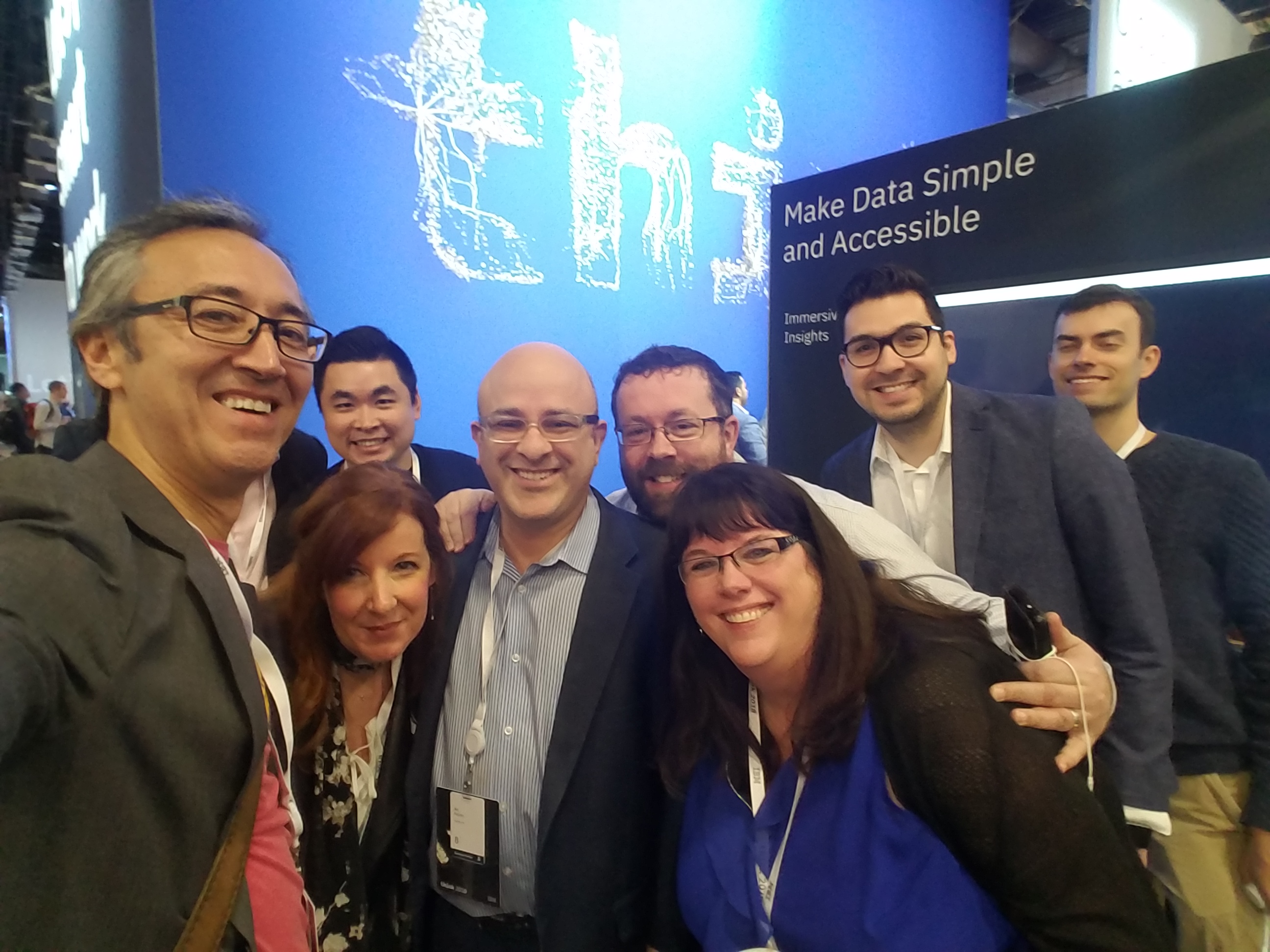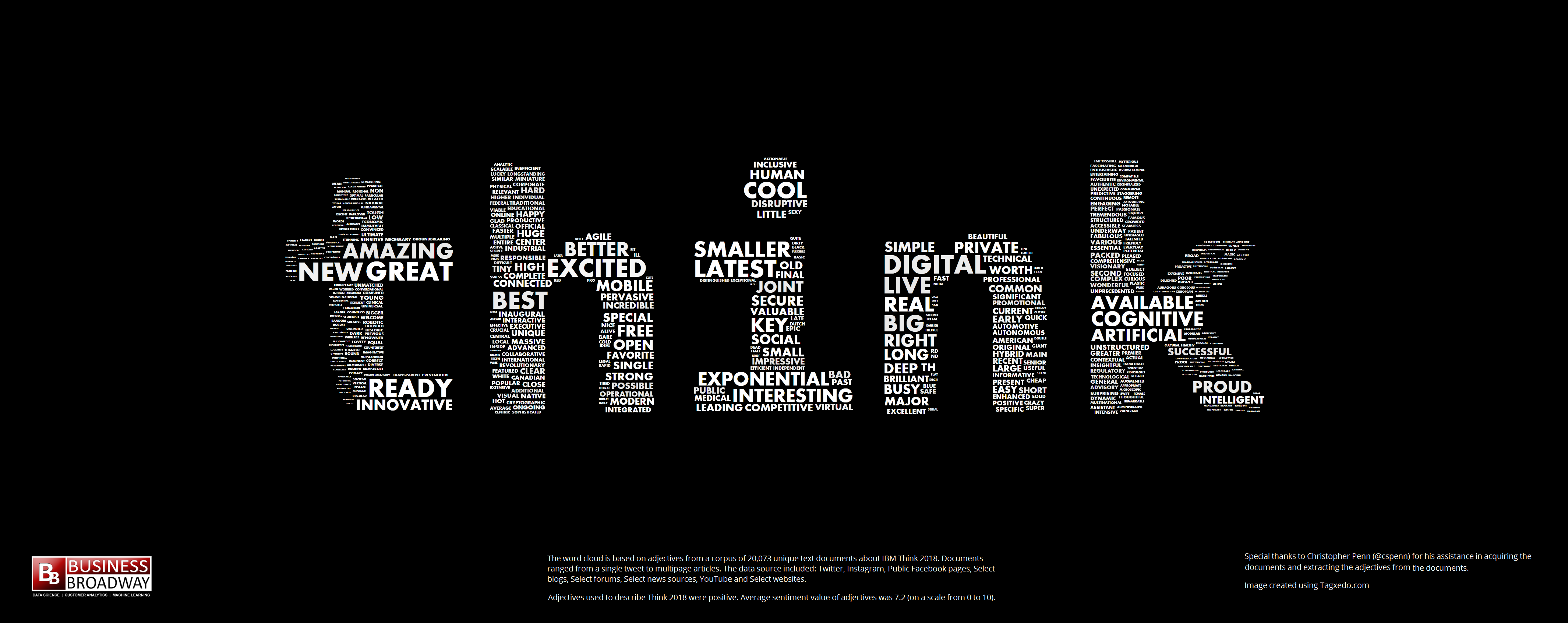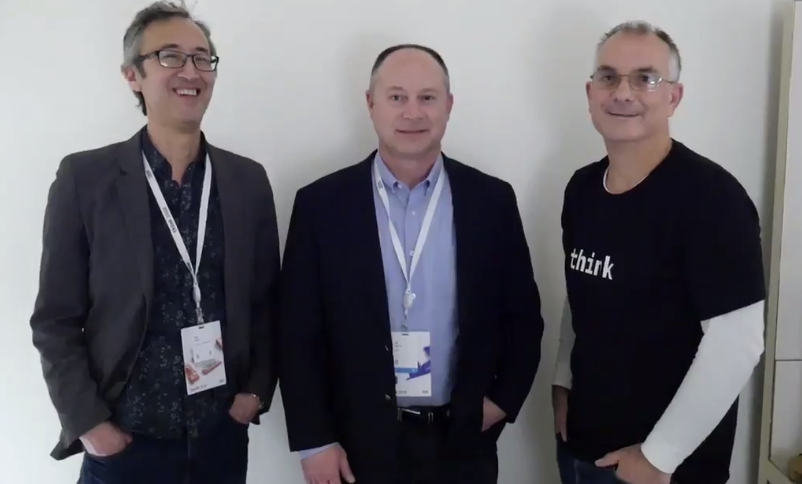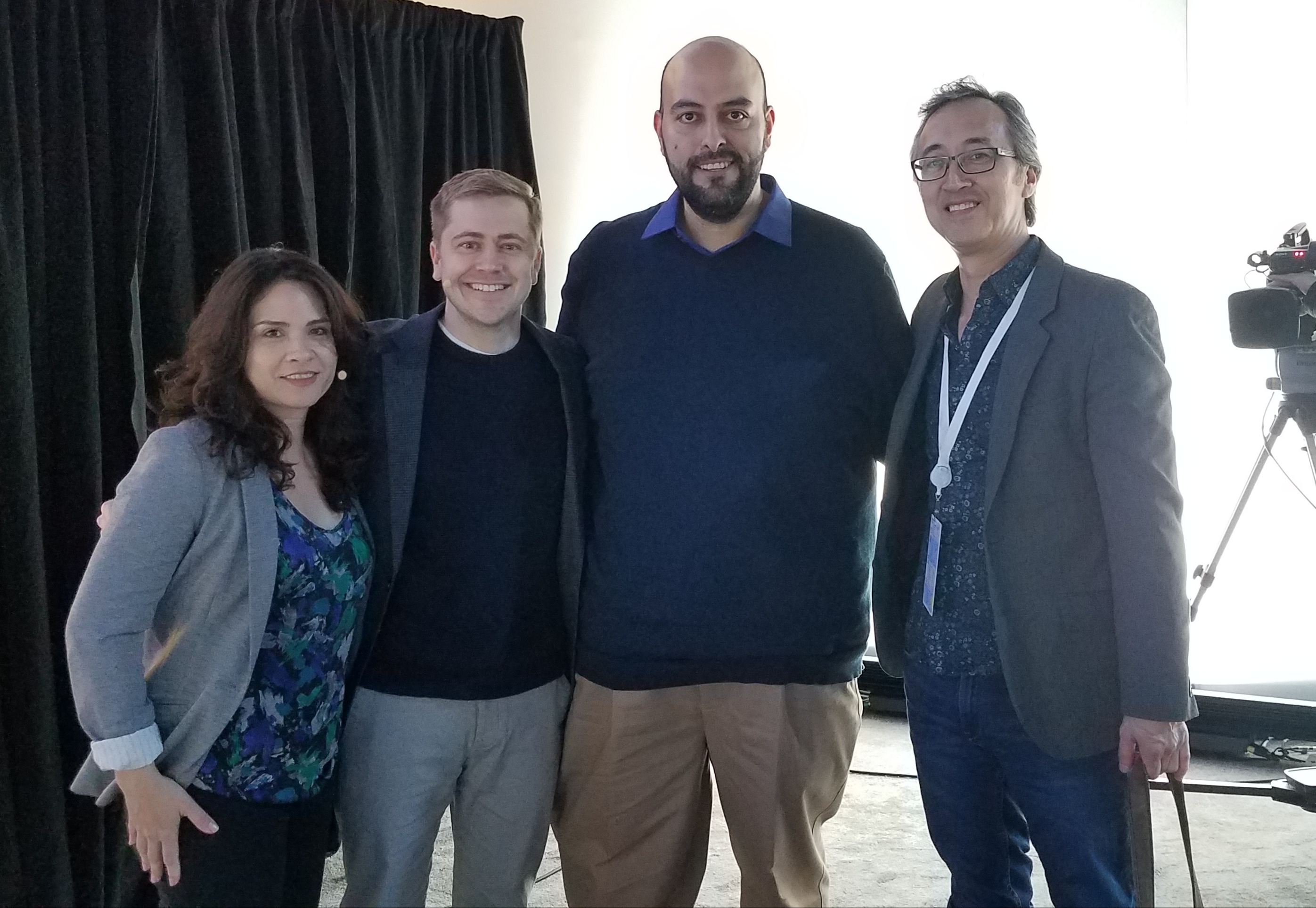I attended IBM’s inaugural Think event in Las Vegas last week. This event, IBM’s largest (estimated 30,000+ attendees!), focused on making your business smarter and included keynotes and sessions on such topics as artificial intelligence, data science, blockchain, quantum computing and cryptography. I was invited by IBM as a guest to share some insights from the perspective of a data scientist. Below are a few highlights of the event.
Data Science using IBM SPSS
IBM SPSS is IBM’s set of predictive analytics products that address the entire analytical process, from planning to data collection to analysis, reporting and deployment. IBM celebrated the 50th anniversary of IBM SPSS with their new beta release of IBM SPSS Statistics 25, the biggest beta release in its history. The updated version includes new developments like publication-ready charts, MS Office integration, Bayesian statistics and advanced statistics. Also, they introduced a new user interface which is pretty slick.
I was introduced to SPSS Statistics in college and have used it for every one of my research projects since then. To be honest, SPSS Statistics has aged better than I have! I have already started using the new version and am pretty excited about the new features and user interface. I will report about experience in a later post. Check out SPSS with a free 14-day trial.
Improving the Customer Experience
Recent studies have estimated that 45% of retailers are expected to increase the use of artificial intelligence for customer experience in the next three years, and 55% of retailers are focused on optimizing the customer experience to increase customer loyalty. Additionally, 85% of all customer interactions with a business will be managed without human interaction by 2020.
Customer Experience Management (CXM) is the process of understanding and managing customers’ interactions with and perceptions about the company/brand. IBM understands that improving the customer experience is increasingly becoming data-intensive endeavor, and using the combined power of statistics and today’s processing capabilities can help businesses model the processes that impact the customer experience. I attended a couple of sessions to learn about how IBM is leveraging the power of IBM Watson to help their customers with Watson Commerce and Watson Customer Experience Analytics solutions. These solutions use the power of artificial intelligence (e.g., predictive analytics) to improve how companies can better manage customer relationships to increase customer loyalty and move their business forward.
Data Science Meets Better Analytics and Augmented Reality

These data professionals from Aginity, IBM Analytics, H2O.ai and IBM Immersive Insights are improving how you get from data to insights.
I saw a great demonstration of the intersection of data science, better analytics and augmented reality. Getting from data to insights is the goal of data science efforts and, as data sources continue to grow, we will need better ways to get to those insights. Aginity is working with H2O.ai to show how you can improve your predictions by augmenting public data with better data (with derived attributes) and better analytics to make better predictions. Using baseball data, Ari Kaplan of Aginity stated that the improvements in predictive models could translate into millions of dollars per player. While his demo focused on the use of these technologies in baseball data, the principles are generalizable to any industry vertical, including finance, healthcare and media.
At the same demonstration station, Alfredo Ruiz, lead of the Augmented Reality Program at IBM Analytics, showed me how his team (IBM Immersive Insights) is incorporating augmented reality into Data Science Experience to help businesses better understand their ever-expanding data sets. I’m looking forward to seeing how his efforts in marrying augmented reality and data science progress.
I had the privilege of interviewing Ari Kaplan of Aginity who talked about the work he is doing to improve how Aginity and H2O.ai is improving the data science process. Check out what he has to say below.
Don’t miss this interview with Ari Kaplan, a real “Moneyball” and well known around Major League Baseball, as he talks about the latest machine learning technologies powering today’s baseball decisions, and check out the great demo.
Posted by IBM Data Science on Thursday, March 22, 2018
Data Science is a Team Sport
I had the opportunity to talk with with many industry experts who come to data science from a different perspective than I do. While I focus primarily on the statistics and mathematics aspects of data science, many of my data peers approach data science from a technological and programming angle. In fact, for an upcoming podcast, Dez Blanchfield and I were interviewed by Al Martin of IBM Analytics to talk about our respective roles in data science. This conversation was a lively one, and I am looking forward to reliving that evening once the podcast is released. The bottom line is that data science requires such a diverse skill set that you really need to work with other people who can complement your skills.
This notion that data science is a team sport was put on full display in an entertaining session in which a couples therapist (Trisha Mahoney) helped resolve an argument between a data science leader (Shadi Copty) and IT leader (Ryan Arbow). Asking probing questions, the counselor revealed that the data science and IT leader were at odds due to a lack of communication. She introduced them to IBM’s Data Science Experience, an enterprise data science platform that allows them to easily collaborate, use top open source tools and get their models into production faster.
Analytics: Your Competitive Advantage
For me, IBM Think 2018 was all about making your business smarter through analytics. In fact, research shows that companies that are better able to bring the power of analytics to bear on their business problems will be in a better position to outperform their analytics-challenged competitors. This idea was illustrated through keynotes, sessions and conversations. By bringing diverse data science professionals together to leverage the tools and methods of AI and machine/deep learning will help you move your company forward. If you were unable to attend the event, you can watch replays of many of the keynotes here.
(Disclosure: IBM assisted me with travel expenses to IBM Think 2018.)







